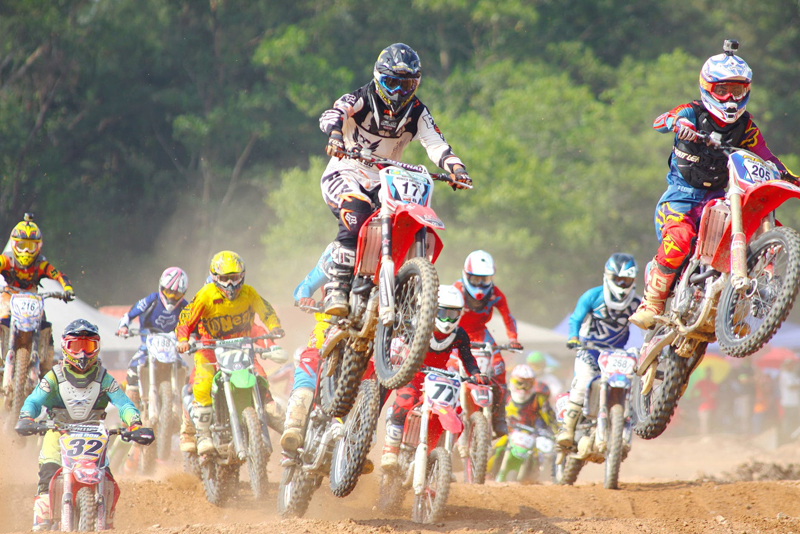Pirelli Treads New Ground

The Italian tire maker, Pirelli, became the official tire supplier for Formula 1 after signing a three year agreement with the FIA last year. Testing of the new Pzero tires got underway in August, and to ensure they did not give an advantage to any Formula 1 team, Pirelli selected as the test car a Toyota TF109, the last car to be developed by Toyota before retiring their team from F1 in 2009, with five podium finishes. The Toyota provided the current technology necessary for accurate data collection in tire testing, and Pirelli bettered the choice by selecting former F1 drivers to do the testing. Nick Heidfeld, Roman Grosjean, and Pedro de la Rosa each had time behind the wheel, and over the last seven months, covered more than 12,000 miles/20,000 km, testing all four dry tire compounds. Pirelli used Monza, Valencia, Barcelona, Mugella, Jerez, and Le Castellet for the nine private testing sessions in preparation for their return to F1 in 2011.
The final test was held in Abu Dhabi and, in an unprecedented design, the cars were run at night on an artificially soaked track in order to duplicate conditions experienced during a wet Formula 1 race. Two nights of testing began at 6:00PM and went until midnight, giving tire developers crucial feedback. Both wet and intermediate tires were tested, with de la Rosa covering more the 1200 miles/2000 km. With the four dry tire compounds already successfully tested, the teams were given their first opportunity to try the tires as well in two days of testing. Their next sampling will be in Valencia in February. The teams will have three more official tests before the start of the 2011 season in March.
When Pirelli replaced Bridgestone after that company's 13-year run, the Italian company promised to develop and deliver more aggressive tire compounds. They have followed through on that promise by producing tires that will require each driver to make two to three pit stops per race. The hard compound tires are designed to last for just 30 or so laps before they must be replaced, and the super-soft tires, while being very fast, degrade the fastest. The idea of more aggressive tires is to create more excitement for spectators, with potentially more lead changes during a race, but this has led to some speculation regarding the importance of qualifying.
Race planning will definitely play an increased role in 2011. Adjustments will continue, and the drivers have yet to test the final products, but this change to more aggressive tire compounds adds an extra ingredient to Formula 1 racing. It could certainly add to the show, and with the start of the season slated for March 11-13 in Bahrain, spectators will find out soon enough if Pirelli indeed delivered.
The final test was held in Abu Dhabi and, in an unprecedented design, the cars were run at night on an artificially soaked track in order to duplicate conditions experienced during a wet Formula 1 race. Two nights of testing began at 6:00PM and went until midnight, giving tire developers crucial feedback. Both wet and intermediate tires were tested, with de la Rosa covering more the 1200 miles/2000 km. With the four dry tire compounds already successfully tested, the teams were given their first opportunity to try the tires as well in two days of testing. Their next sampling will be in Valencia in February. The teams will have three more official tests before the start of the 2011 season in March.
When Pirelli replaced Bridgestone after that company's 13-year run, the Italian company promised to develop and deliver more aggressive tire compounds. They have followed through on that promise by producing tires that will require each driver to make two to three pit stops per race. The hard compound tires are designed to last for just 30 or so laps before they must be replaced, and the super-soft tires, while being very fast, degrade the fastest. The idea of more aggressive tires is to create more excitement for spectators, with potentially more lead changes during a race, but this has led to some speculation regarding the importance of qualifying.
Race planning will definitely play an increased role in 2011. Adjustments will continue, and the drivers have yet to test the final products, but this change to more aggressive tire compounds adds an extra ingredient to Formula 1 racing. It could certainly add to the show, and with the start of the season slated for March 11-13 in Bahrain, spectators will find out soon enough if Pirelli indeed delivered.
This site needs an editor - click to learn more!
You Should Also Read:
Qualifying Strategy - Tyres
Tyre Compounds
Bridgestone Support
Related Articles
Editor's Picks Articles
Top Ten Articles
Previous Features
Site Map
Content copyright © 2023 by Katie Schwausch. All rights reserved.
This content was written by Katie Schwausch. If you wish to use this content in any manner, you need written permission. Contact
BellaOnline Administration
for details.


